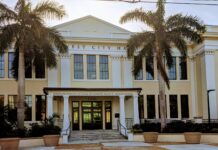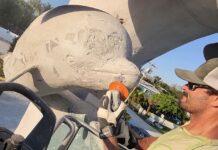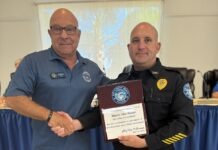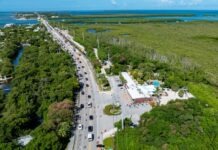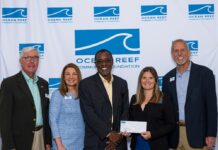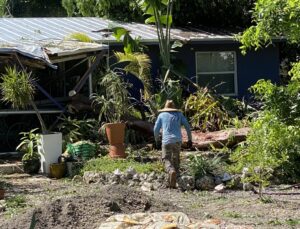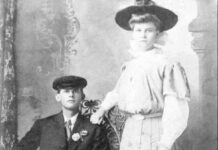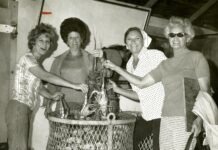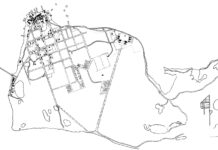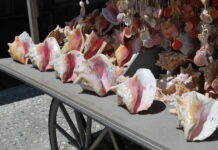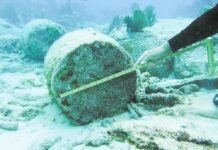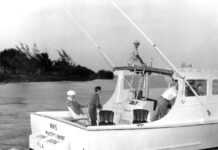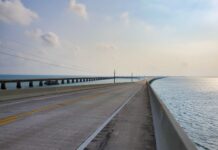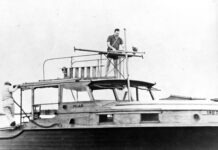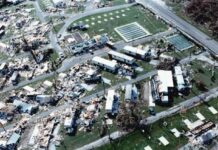
The Adams-Onis Treaty incorporated the Florida Territory into the growing United States. The rights to the Florida Reef were also part of the treaty when, though signed in 1819, it became effective in 1821. What soon became apparent was the need to light the dangerous reef line as ships worked to carry goods between the Mississippi River and the Eastern Seaboard. One of the early attempts came in the form of lightships, two-masted schooners that could be anchored at strategic locals along the reef and serve as navigational beacons. Each of the ship’s masts was equipped with a lantern that, when lit, would be visible for a distance of 12 miles—in theory. The schooners, too, were equipped with bells that would clank and carry over the ocean’s surface with every roll of the tide.
At one time or another, at least five lightships served along the Florida Reef including Aurora Borealis marking the Dry Tortugas, Honey marking Sand Key, the Key West Lightboat, and the Caesar and Florida marking Key Largo’s Carysfort Reef, historically described as the most dangerous tract of coral in the barrier reef system.
It was 1824 when congress allocated $20,000 for the construction of a 220-ton two-lantern schooner to be stationed near Carysfort Reef. The schooner, christened the Caesar, set sail for Key West in 1825, but encountered squally weather and was blown ashore near Key Biscayne. The transport crew abandoned the ship that was later salvaged by wreckers and brought to Key West for repairs where John Whalton, her new captain, was waiting.
The Caesar was repaired, restocked and re-crewed, and Captain Whalton set sail for Turtle Harbor, a safe anchorage near Carysfort Reef. The Caesar would be remembered as having the shortest career of any lightship as it began to deteriorate after only a few years of service. In 1830, congress would again allocate $20,000 to build a replacement. The new lightship was christened the Florida.
The lightships were not always effective as Commander David D. Porter, U.S.N., of the U.S. mail-steamer Georgia, pointed out in a letter dated July, 1851. “On the reef near Cape Large, the floating lightship, showing two lights, intended to be seen twelve miles, but they are scarcely discernible from the outer ledge of Carysfort Reef, which is from four to five miles distant. On to [sic] occasions I have passed it at night, when the lights were either very dim or not lighted.”
